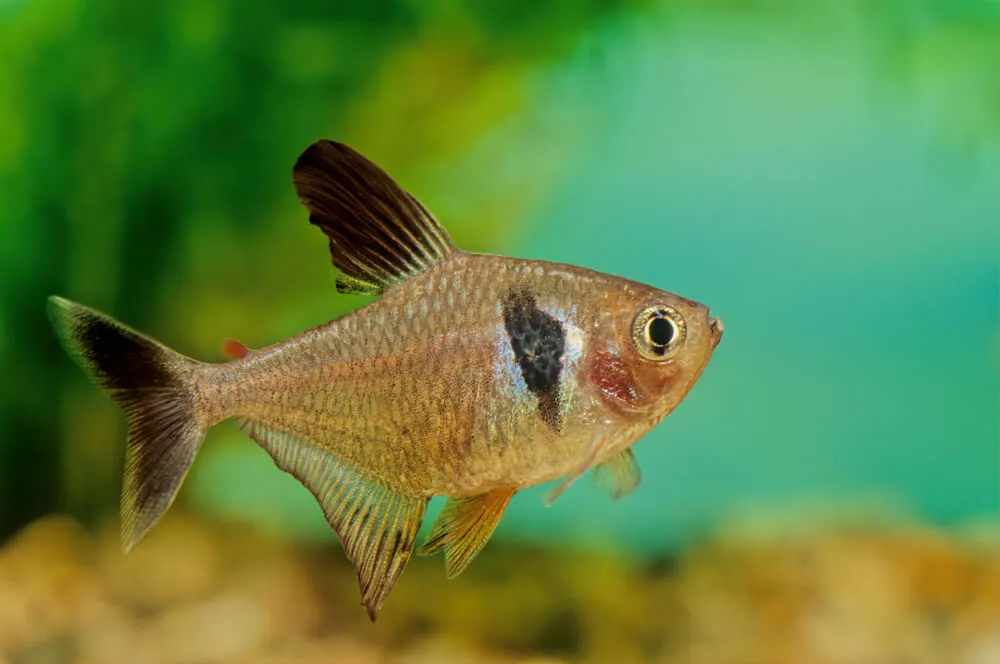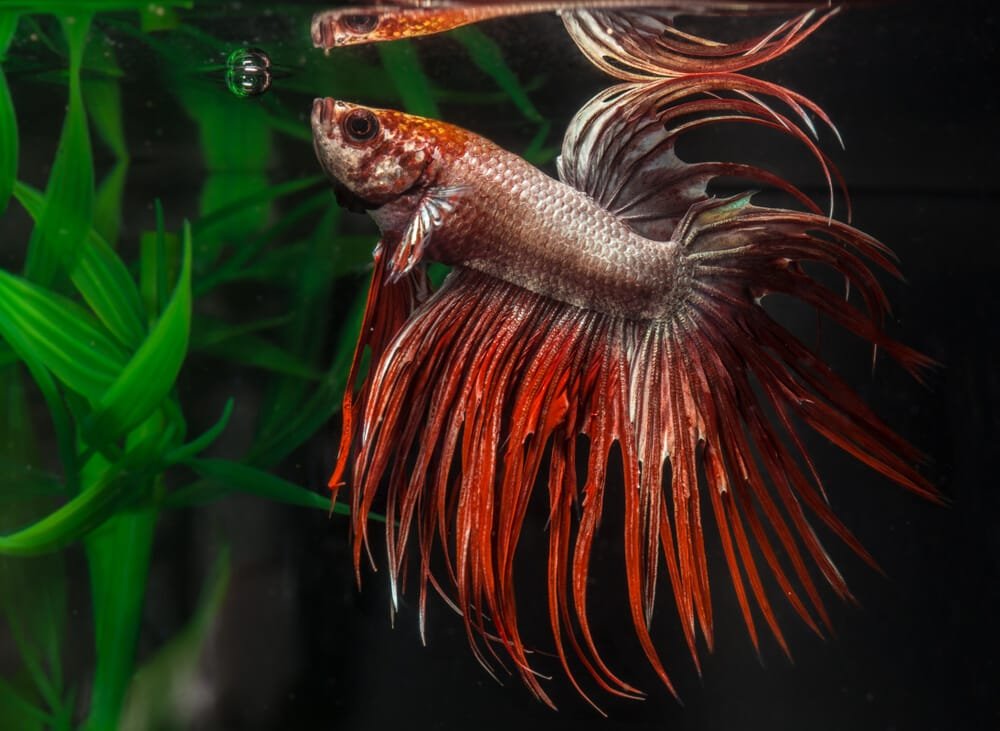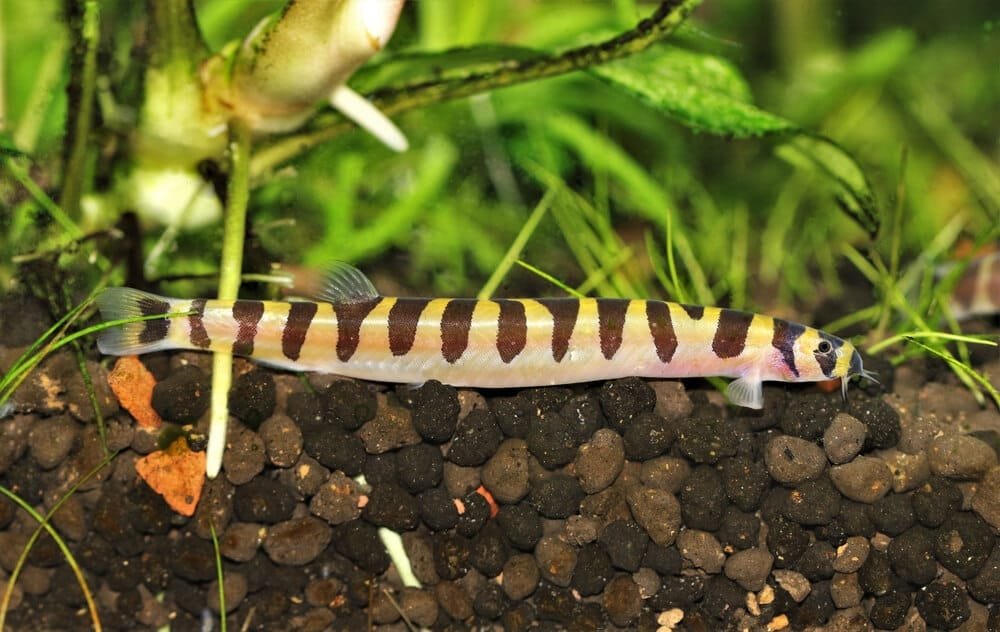Do Goldfish Need A Filter In Their Tank?
So, you’ve decided to bring home some lovely goldfish to brighten up your living space. But now you find yourself wondering, do these beautiful aquatic creatures actually need a filter in their tank? It’s a common question among goldfish owners, and in this article, we’ll explore the importance of filters for goldfish habitats. Whether you’re a seasoned fish enthusiast or a newbie to the world of goldfish care, you’ll discover some fascinating insights that will help you provide the optimal environment for your scaly friends. So, let’s dive in and find out if goldfish really need a filter to thrive in their tank!
Benefits of Using a Filter
Removes Harmful Substances
Using a filter in your goldfish tank is beneficial because it helps to remove harmful substances from the water. As goldfish produce waste, uneaten food, and other debris, these can contribute to the deterioration of water quality. A filter works by trapping and removing these substances, preventing them from accumulating in the tank. By doing so, it helps to create a healthier and cleaner environment for your goldfish.
Promotes Water Circulation
Another benefit of using a filter is that it promotes water circulation in the tank. The movement of water helps to distribute oxygen evenly throughout the tank, ensuring that your goldfish have access to an adequate oxygen supply. Additionally, water circulation helps to prevent the formation of stagnant areas in the tank, which can lead to the buildup of harmful bacteria and pockets of poor water quality.
Reduces Accumulation of Waste
Goldfish are known to be messy eaters, and they produce a significant amount of waste. Without a filter, this waste can quickly accumulate in the tank, leading to a buildup of toxins and pollutants. However, by using a filter, you can reduce the accumulation of waste in the tank. The filter will capture and remove the waste, preventing it from decomposing and causing harm to your goldfish. This not only creates a more visually appealing environment but also helps to maintain the overall cleanliness and hygiene of the tank.
Maintains Water Quality
Maintaining the water quality in your goldfish tank is crucial for the health and well-being of your fish. Poor water quality can lead to stress, disease, and even death in goldfish. However, with the use of a filter, you can help to maintain the water quality at optimal levels. A filter will remove impurities, such as ammonia and nitrites, which can be harmful to your fish. It will also aid in the circulation and oxygenation of the water, creating a stable and healthy environment for your goldfish to thrive in.
Types of Filters
Mechanical Filters
Mechanical filters are the most basic type of filters and are designed to physically remove debris and particles from the water. These filters often consist of a mesh or foam material that traps solid waste, preventing it from circulating back into the tank. Mechanical filters are effective at removing larger particles but may not be as efficient at removing smaller particles or dissolved impurities.
Biological Filters
Biological filters work by promoting the growth of beneficial bacteria in the tank. These bacteria convert toxic ammonia, produced by the goldfish’s waste, into less harmful compounds. Biological filters typically use a substrate or filter media that provides a surface area for the bacteria to colonize. They are essential for maintaining the nitrogen cycle in the tank, which is crucial for water quality and the health of your goldfish.
Chemical Filters
Chemical filters use chemical media, such as activated carbon, to remove impurities from the water. These filters work by adsorbing dissolved substances, such as organic compounds, medications, and heavy metals. Chemical filters are useful for removing impurities that are not effectively removed by mechanical or biological filters. However, it is important to note that chemical filters need to be replaced regularly to maintain their effectiveness.
Combination Filters
Combination filters, as the name suggests, combine multiple filtration methods to provide comprehensive water purification. These filters often include mechanical, biological, and chemical filtration components. Combination filters are popular among goldfish keepers as they offer a complete filtration system that addresses various types of impurities in the water. They provide a convenient and efficient solution for maintaining the water quality in your goldfish tank.
Factors to Consider
Tank Size
When choosing a filter for your goldfish tank, it is essential to consider the size of your tank. Different filters have varying capacities, and it is important to select a filter that can adequately handle the volume of water in your tank. A filter that is too small for your tank may not be effective in maintaining the water quality, while a filter that is too large may create excessive water movement and stress your goldfish. It is recommended to choose a filter that is specifically designed for the size of your tank.
Number of Goldfish
The number of goldfish in your tank will also influence the type and size of the filter you need. In general, the more goldfish you have, the larger the filter you will require. Goldfish produce more waste and consume more oxygen than other types of fish, so it is important to ensure that your filter can handle the increased waste production and provide sufficient oxygenation for all the fish in your tank.
Type of Goldfish
Different types of goldfish have different needs when it comes to filtration. Some goldfish varieties, such as fancy goldfish, have shorter and more delicate fins, which can make them more susceptible to strong water currents. In this case, it is important to choose a filter with adjustable flow settings or one that is specifically designed for goldfish to avoid stressing or injuring the fish. On the other hand, some goldfish varieties, such as comets or shubunkins, are more active swimmers and may require a filter with a higher flow rate.
Waste Production
As mentioned earlier, goldfish are notorious for their waste production. It is important to consider the waste production of your goldfish when selecting a filter. If you have a large number of goldfish or if you regularly feed them a high-protein diet, you may need a more powerful filter that can handle the increased waste load. Additionally, if you notice that your tank becomes dirty quickly or if your water parameters deteriorate rapidly, it may be a sign that your current filter is not adequately handling the waste production and a more efficient filter is required.
Maintenance Effort
Different types of filters have varying maintenance requirements. Some filters may require more frequent cleaning or media replacement than others. It is important to consider the maintenance effort required when choosing a filter, as it will directly impact the time and effort you need to invest in maintaining your goldfish tank. If you have limited time or prefer a low-maintenance option, you may want to opt for a filter that requires minimal upkeep.
Cost
Cost is often a deciding factor when it comes to choosing a filter for your goldfish tank. Filters can vary significantly in price, depending on their quality, size, and filtration capacity. It is important to consider your budget and weigh it against the filtration needs of your tank. While it may be tempting to choose a cheaper filter, it is important to ensure that it can effectively meet the filtration requirements of your goldfish tank and maintain the water quality at optimal levels.
Can Goldfish Survive Without a Filter?
Strong Environmental Adaptability
Goldfish are known for their ability to adapt to a wide range of environmental conditions. They are hardy and can tolerate less-than-ideal water conditions for short periods of time. In certain situations, such as temporary transportation or during power outages, goldfish can survive without a filter. However, it is important to note that while goldfish may survive without a filter, their overall health and well-being will be compromised in the long run.
Risk of Poor Water Quality
Without a filter, goldfish tanks are at a higher risk of developing poor water quality. The lack of filtration means that waste and toxins will accumulate in the tank, leading to high levels of ammonia and nitrites. These compounds are toxic to goldfish and can cause stress, illness, and even death. Additionally, stagnant water can promote the growth of harmful bacteria and lead to the formation of harmful algae blooms, further deteriorating the water quality.
Increased Maintenance Requirements
When a filter is not used, the maintenance requirements of the goldfish tank increase significantly. Without a filter to remove waste and impurities, you will need to perform frequent and larger water changes to maintain the water quality. This can be time-consuming and may result in additional stress for your goldfish. Regular testing of water parameters becomes even more critical in order to catch any issues early and take corrective measures.
Alternative Solutions
Regular Water Changes
One alternative to using a filter is to perform regular water changes. By replacing a portion of the tank water on a regular basis, you can dilute and remove the accumulating waste and pollutants. Regular water changes can help to maintain water quality, reduce the risk of ammonia and nitrite spikes, and provide a healthier environment for your goldfish. However, it is important to note that frequent water changes can be labor-intensive and may disrupt the natural stability of the tank.
Live Plants
Another alternative is to incorporate live plants into your goldfish tank. Live plants can help to improve water quality by absorbing excess nutrients and producing oxygen through photosynthesis. They also provide natural hiding places for your goldfish and create a more aesthetically pleasing environment. However, it is important to choose the right plants that are compatible with goldfish and can withstand their nibbling and digging behaviors.
Sponge Filters
Sponge filters are a popular alternative to traditional filters, especially for smaller goldfish tanks. These filters work by pulling water through a sponge media, which traps debris and provides a surface for beneficial bacteria to grow. Sponge filters are gentle and do not create strong water currents, making them suitable for goldfish tanks. They are easy to maintain and can provide effective mechanical and biological filtration for your goldfish.
Undergravel Filters
Undergravel filters are another option to consider. These filters are placed underneath the gravel substrate in the tank and work by drawing water down through the gravel, trapping debris and promoting the growth of beneficial bacteria. Undergravel filters provide both mechanical and biological filtration and can be an effective option for goldfish tanks. However, they require regular maintenance to prevent the buildup of waste in the gravel and can be challenging to clean in larger tanks.
Setting Up a Filter
Choosing the Right Filter Size
When setting up a filter for your goldfish tank, it is important to choose the right size. As mentioned earlier, the size of the filter should be based on the size of your tank and the number of goldfish you have. A filter that is too small will not be able to handle the waste production, while a filter that is too large may create excessive water movement. It is recommended to follow the manufacturer’s guidelines or consult with a knowledgeable professional to determine the appropriate filter size for your tank.
Positioning the Filter in the Tank
The positioning of the filter in the tank is also important for optimal performance. It is recommended to place the filter near the water surface to ensure efficient oxygenation and water circulation. The outflow of the filter should be positioned in a way that creates gentle water movement without causing excessive water agitation. Additionally, make sure that the filter intake is not obstructed by decorations or gravel to ensure effective removal of debris and waste.
Filter Media Selection
Different types of filters require different filter media. It is important to select the appropriate filter media for your specific filter type. Mechanical filters typically use foam or floss as filter media to trap solid waste. Biological filters require a substrate or media that provides a surface area for beneficial bacteria to grow. Chemical filters utilize activated carbon or other chemical media to remove impurities. Combination filters may require a combination of different types of media. Consult the manufacturer’s recommendations or seek advice from a reputable pet store when selecting filter media.
Cycling the Filter
Before adding fish to your tank, it is important to cycle the filter. Cycling the filter refers to the process of establishing a colony of beneficial bacteria in the filter media. These bacteria convert toxic ammonia into less harmful compounds, effectively establishing the nitrogen cycle in the tank. To cycle the filter, you can add ammonia or use beneficial bacteria additives specifically designed for this purpose. The cycling process typically takes several weeks, during which you should monitor the water parameters regularly. Once the parameters stabilize, you can safely introduce your goldfish to the tank.
Maintaining the Filter
Regular Cleaning
Regular cleaning of the filter is essential to ensure its optimal performance. Mechanical filters, in particular, can become clogged with debris and waste over time, reducing their efficiency. It is important to follow the manufacturer’s recommendations for cleaning intervals and procedures. As a general guideline, mechanical filters should be rinsed or replaced on a regular basis, while biological and chemical media may have longer lifespans. Regular cleaning will help to maintain the filtration capacity and prevent the filter from becoming a source of pollution in the tank.
Replacing Filter Media
In addition to regular cleaning, filter media may also need to be replaced periodically. Over time, filter media can become exhausted or lose their effectiveness. Mechanical media may become worn out or degraded, while chemical media may become saturated and no longer adsorb impurities. Biological media may need to be replaced if it becomes too clogged or damaged. It is important to monitor the condition of your filter media and replace them as necessary to maintain the filtration efficiency of your filter.
Monitoring Water Parameters
Even with a filter in place, it is important to regularly monitor the water parameters in your goldfish tank. Use a water testing kit to check the levels of ammonia, nitrites, nitrates, pH, and temperature. This will help you ensure that the filter is functioning properly and maintaining the water quality within the acceptable range for goldfish. Monitoring water parameters will also allow you to detect any issues early and take corrective measures to prevent health problems for your goldfish.
Conclusion
Using a filter in your goldfish tank offers numerous benefits for the health and well-being of your fish. Filters remove harmful substances, promote water circulation, reduce waste accumulation, and maintain water quality. When choosing a filter, consider factors such as tank size, the number and type of goldfish, waste production, maintenance effort, and cost. While goldfish can survive without a filter, they are at a higher risk of poor water quality and increased maintenance requirements. Alternative solutions such as regular water changes, live plants, sponge filters, and undergravel filters can be used in the absence of a filter. When setting up a filter, choose the right size, position it correctly, select appropriate filter media, and cycle the filter before introducing fish. Regular cleaning and replacement of filter media, as well as monitoring water parameters, are essential for maintaining the efficiency of the filter. By considering the needs of your goldfish and choosing the right filter, you can create a clean and healthy environment for your beloved pets to thrive in.






